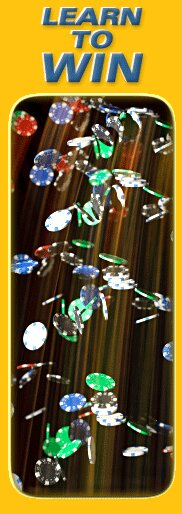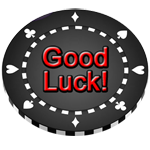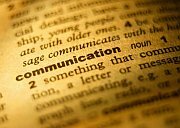Blackjack Strategy: More than the Basics
by Frank Scoblete
Blackjack Strategy is an important part of the Learn to Play Blackjack program.
When you play the game you have a clear choice -- actually, you have several clear choices. You can play your own, self-styled blackjack strategy based on whim, reason, your personal experience or some combination of all three.
Or you can play basic blackjack strategy which is the best play of every player hand against every dealer upcard, and which is geared to winning you the most money.
Or you can play a “kind of” basic strategy which is geared to winning the most hands.
Basic strategy is geared to maximizing wins and minimizing losses -- of money, not hands. Sometimes utilizing basic strategy will actually lose you more hands!
And sometimes what “seems wrong” is the right move to save you some money in losing situations.
Let me give you an example of what we mean and why people sometimes make the mistake of deviating from basic strategy because “it doesn’t seem to make any sense.”
Take the hand of Ace-7, a soft 18, against a dealer’s upcard of 6.
If you stand with the hand, you will win more decisions than if you double the hand. An 18 is a strong hand against a dealer’s 6, the reasoning goes.
If you double down, you can only improve your hand by receiving an ace, 2, or 3; if you get a 10 it does not improve it and merely takes the dealer’s possible bust card, but receiving a 4, 5, 6, 7, 8, 9 worsens the hand.
So you have a soft 18 and you double down and you get a 4; you now find yourself in the unenviable position of sitting there with a 12 and twice as much money out! Does this make sense? Maybe it does; maybe it doesn’t.
But there’s no maybe when it comes to basic blackjack strategy as always doubling down is what basic strategy calls for in the above situation of soft 18 against a dealer’s 6.
If you double your soft 18 you will make the hand worse almost 50 percent of the time, and you will lose more of your decisions in this situation because of that.
Yet, by doubling the amount of money in action on soft 18 vs. a dealer’s 6 upcard, you will win 10 percent more money in the long run than had you stood on your 18. You’ll win fewer hands, but you’ll win more money. Which is more important to you?
It takes many novice players a long while to understand, or at least to appreciate, and acquiesce to the fact that basic blackjack strategy is about winning.
Here’s another example of where “common sense” and “computer analysis” clash head on. You have a 16 and the dealer has a 7 upcard. If you stand on your 16 and the dealer has a 10 or ace in the hole, you lose.
But the dealer will have a 10 or ace in the hole only about 40 percent of the time. That means about 60 percent of the time, the dealer is going to have a card that forces him or her to take a hit.
So why not stay on your 16, a definite loser, the overwhelming majority of the time when you hit it, and let the dealer do his or her thing?
The reason is as easy as saving $7 for every $100 you bet in this situation! Your 16 against anything is a loser, no doubt; but your 16 against a dealer’s upcard of 7 will lose you $48 for every $100 bet in this situation if you stand, while it will only lose you $41 for every $100 bet in this situation if you hit.
That’s a difference of $7. Yes, you are going to lose money on 16 vs. a dealer’s upcard of 7 no matter how you play the hand, but you will lose $7 less on the 7 if you hit.
Many players erroneously think that blackjack is close to a 50-50 game with the house. Nothing could be further from the truth.
The player loses the majority of the hands that aren’t pushes!
The statistics show that a player ties approximately 8 percent of the time, wins approximately 44 percent of the time, and loses approximately 48 percent of the time.
Yet, in terms of money bet, or monetary expectation and house edge, a blackjack player playing perfect basic strategy faces around a one-half percent house edge -- translated that means one losing bet per 200 decisions!
The reason for such a seeming anomaly (you lose the majority of your hands but only half of one bet deficit in 200 decisions) has to do with the options that players can utilize.
These options, doubling down, pair splitting, hitting and standing when used according to basic blackjack strategy get more money on the table in situations that help the player’s overall monetary expectation.
Sadly, the reverse is also true. When used improperly, all the player options can give the house juicy edges against the player.
That is why when taking a look at casino blackjack statistics, it is the cash cow of the casino table games and it is the players who are being ground up because of their poor play.
Blackjack strategy is followed by Decisions
OR
Return to Learn to Play Blackjack Program
Gambling Teachers home
GT is attentive about getting the word out about our free programs, lessons and add-ons offered, however, we ask your assistance and consideration in promoting us.
Click link below that reads, "Enjoy this page? Please pay it forward. Here's how..." to add a link to your site, blog or personal page.
Tips, Terms & Wins
The house rules generally have the dealer standing on 17.
However, some casinos have dealers hit their soft 17s=Aces + 6 for example
That is a bad option for the players hitting on any hand that is 16 or less until they get to 17 or more.





